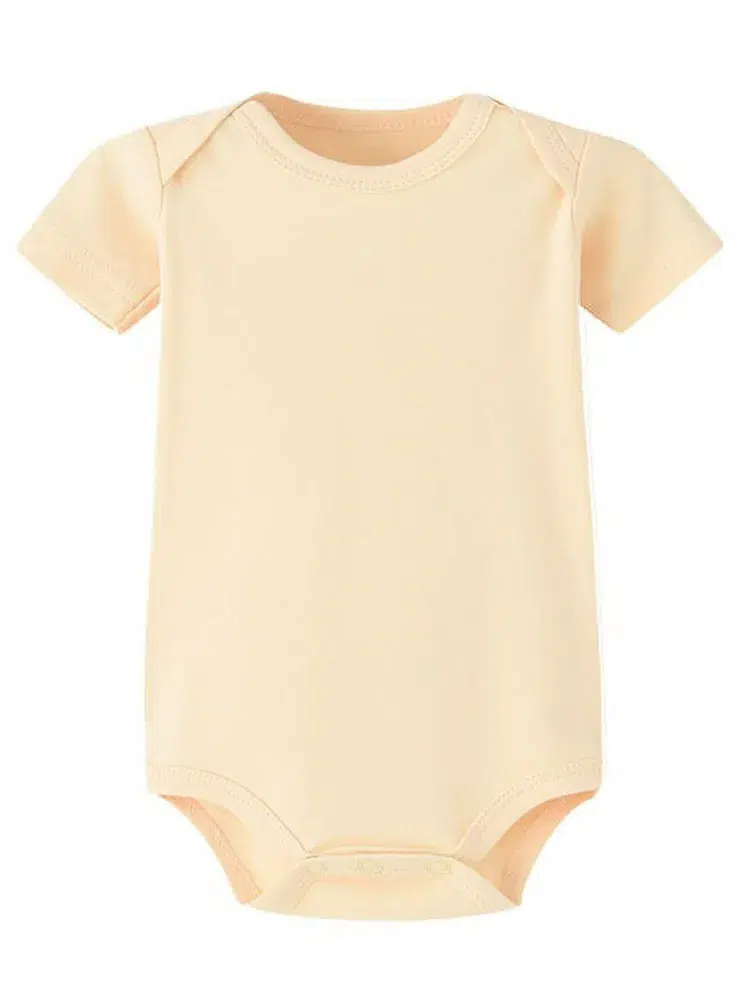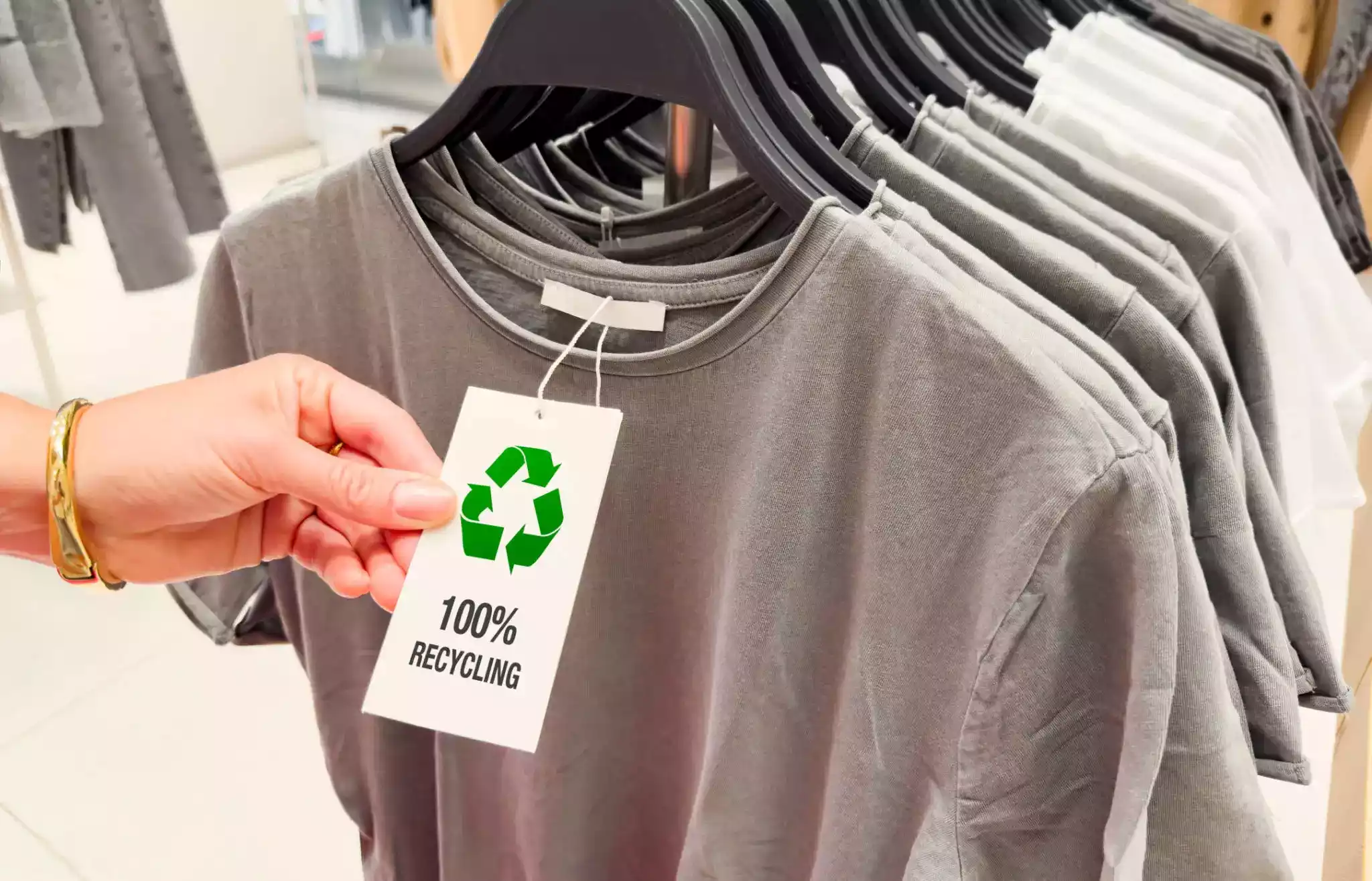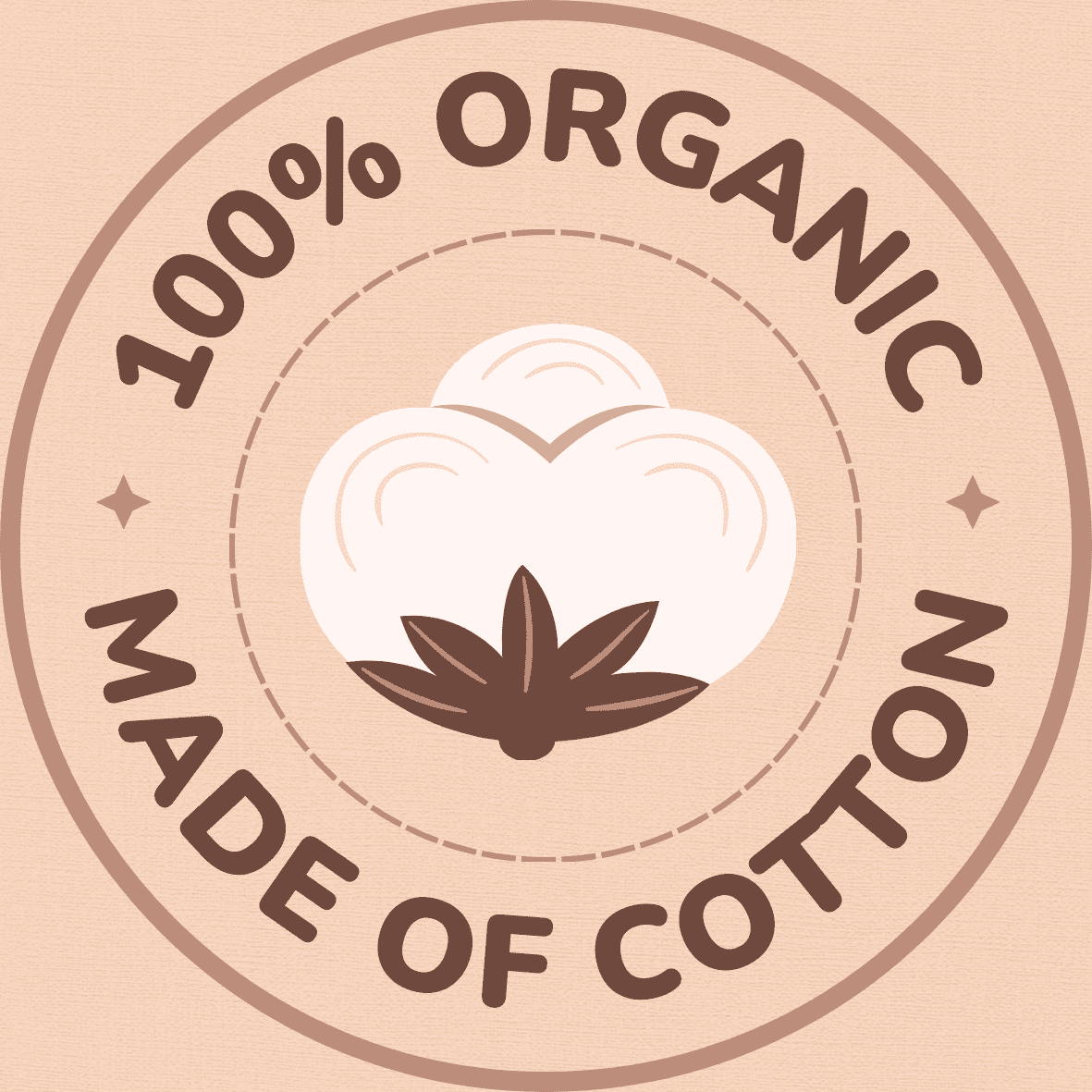Demystifying the Clothing Supply Chain: The Journey From Concept to Closet
The clothing supply chain is a complex process that extends beyond the creation of textual fabrics to involve numerous stages including initial design, raw material sourcing and procurement, and refining production based on prevailing apparel trends. It is an intricate network that requires the harmonized efforts of multifarious departments and trade professionals to successfully transform abstract concepts into tangible, marketable commodities. Assessing and efficiently managing the clothing industry supply chain is pivotal to ensure optimal production efficiency, waste reduction, and economic-viability, while also facilitating swift responses to fast-changing consumer demands and fashion trends.
Supply chain management in the clothing industry is of critical importance in modern global businesses. The management process ensures securing high-quality raw materials, streamlining production processes, improving operational efficiency, and optimizing logistical strategies. The successful supply chain management of the clothing industry facilitates a strong connection between manufacturers, distributors, and consumers, delivering a seamless flow from conception to the consumer’s wardrobe. Evidently, the complex nature of apparel production underpins the importance of a coordinated and effective supply chain in propelling the industry’s growth and maintaining competitiveness in an increasingly dynamic and saturated market.
The Initial Stage: Idea and Design
Every garment begins as an idea, often conceptualized by a designer or a team of creative professionals. This initial stage, where the very concept of a piece of clothing materializes, is paramount in delineating the supply chain in the clothing industry. The designers envision the final product, keeping in mind the aesthetics, functionality, and cost. They sketch the preliminary designs, select the probable materials, and determine the color schemes. This stage essentially shapes how the entire supply chain of clothing would function, necessitating a strategic approach for smooth operations.
Factoring in the clothes supply chain as early as the design stage can significantly influence the sustainability of the product. Design choices like the type of fabric, production process, and even the possible user manual for consumers can set the groundwork for a clothes sustainable supply chain. In a world increasingly moving towards ethical consumption, fashion companies must ensure that their designs not only cater to the consumer’s taste but also consider aspects like resource consumption, waste generation, and product lifespan. Every garment, from inception to completion, has the potential to either nourish or deplete our environment. Hence, the significance of the design stage in apparel production cannot be overstated.
The initial stage of garment creation involves several key steps:
• Conceptualization: This is where the idea for a new piece of clothing begins. Designers or creative teams brainstorm and imagine what the final product will look like, taking into account factors such as aesthetics, functionality, and cost.
• Preliminary design sketching: Once an idea has been conceptualized, designers create preliminary sketches of their vision. These visual representations serve as blueprints for what the final product will eventually become.
• Material selection: The type of material used in a garment can greatly influence its overall look and feel. In this step, designers choose fabrics that align with their vision for the end product.
• Color scheme determination: Colors play an important role in fashion design. Here, designers decide on color schemes that complement their chosen materials and contribute to the desired aesthetic appeal.
Design choices significantly impact sustainability in apparel production:
• Fabric choice: The type of fabric used can affect both resource consumption during manufacturing and waste generation at end-of-life stages.
• Production process selection: Certain methods are more environmentally friendly than others; selecting sustainable processes reduces negative environmental impacts.
• User manual consideration: Providing clear instructions on how to care for garments can extend their lifespan thus reducing waste generated by fast-fashion trends.
Fashion companies must balance consumer tastes with ethical responsibility:
• Catering to consumer taste while also considering aspects like resource consumption helps strike a balance between business viability and ethical responsibility.
• Every decision made from inception to completion can either nourish our environment or deplete it – making every stage equally significant in ensuring sustainability within apparel production.
The Significance of Textile Sourcing

Situated at the core of every clothing line supply chain, the process of textile sourcing undeniably plays a vital role in the manufacture and sale of apparel. This process involves the diligent selection and procurement of appropriate fabrics and raw materials, which are central to determining the overall quality, cost, and sustainability of the final products. Hence, clothing manufacturers revolve their supply chain around the textiles sourced, with a keen eye towards quality, cost, durability, and potential environmental impact.
Moreover, textile sourcing extends its significance beyond the clothing manufacturing supply chain as it presents opportunities for sustainability through reuse and recycling. Material remnants and unused textiles from the manufacturing process can be effectively repurposed or turned into new garments, thus feeding into the ‘reused’ clothing retail supply chain. By promoting conscientious sourcing practices, businesses can reduce waste and minimize their ecological footprint, all while strengthening their brand’s alignment with the growing mandate for sustainability in the fashion industry.
The Intricacies of Fabric Production
Fabric production plays a focal role in the clothing store supply chain. This critical step encompasses various intricate processes such as spinning, weaving, knitting, dyeing and finishing to fashion the raw textiles into a wearable fabric. These processes demand high skills, knowledge and quality control to ensure the output fabric meets the required specifications. For instance, the weft and warp yarns must be interwoven meticulously to achieve different fabric designs and textures, whereas the dyeing process requires precision to ensure colorfastness and uniformity.
In this era of increased awareness and responsibility, clothing supply chain ethics and clothing supply chain sustainability have become paramount in fabric production. Producers are adopting sustainable fabrics like organic cotton, bamboo and recycled materials to minimize environmental damage. In addition, fair trade practices and safe working conditions are now prerequisites, as brands emphasize ethical sourcing to resonate with their conscious consumers. Similarly, advances in clothing supply chain technology are revolutionizing fabric production. Innovations like 3D weaving and fabric with built-in technology are now part of clothing supply chains. These steps not only add value to the final product but cater to the evolving customer needs, thus making fabric production a truly intricate yet essential part of apparel manufacturing.
Importance of Pattern Development in Apparel Making
Pattern development forms the vital bridge between design concepts and physical production in the apparel industry, directly impacting the clothing sustainable supply chain. By translating a design sketch into a multi-piece pattern that can be cut from fabric and assembled into a garment, patternmakers ensure that a design can be replicated with consistent fit and quality. The strategic significance of pattern development extends beyond ensuring an accurate fit. In sustainability-focused organizations or any clothing sustainable supply chain startup, the patternmaking process also becomes a platform for material optimization.
This effort towards sustainability is reflected in the fashion clothing supply chain diagram where patternmaking plays a central role in minimizing fabric wastage and promoting ethical supply chains in clothing production. On a global scale, pattern development, with its meticulous focus on material use and optimization, shapes the very nature of the global supply chain in clothing industry. Incorporating technology into this process, such as 3D patternmaking software, can further enhance accuracy, efficiency, and sustainability. This narrative underscores the irreplaceable role of pattern development in crafting not only the aesthetic and fit of a garment but also in building an ethical and sustainable framework for the entire apparel industry.
Cutting and Sewing: The Heart of Garment Manufacturing

In an analysis of how clothing supply chains differentiate, the process of cutting and sewing unquestionably takes center stage. This stage is the crux of garment manufacturing, where the conceptual design metamorphosizes into a tangible product. The transformation involves artful cutting of fabric pieces in accordance with the established patterns, followed by expert sewing to assemble these pieces together. The skill, precision, and craftsmanship exhibited in this step significantly contribute to the garment’s overall quality, influencing its acceptance in the competitive market.
The recent trend of offshoring clothing supply chains has brought unique challenges and opportunities to this essential phase. Offshoring has enabled manufacturers to leverage cost-effective labor pools, accelerating mass production. However, in the face of rising concerns over quality and ethical manufacturing practices, reshoring is seen as a strategic renewal of luxury clothing supply chains. Through reshoring, companies can exercise greater quality control and uphold sustainable practices. Interestingly, the retail clothing supply chains have also evolved drastically, blurring the lines of traditional manufacturing roles and deepening the involvement of retailers in the production process.
Quality Control Measures in Clothing Production
Given the intricate and painstaking nature of apparel creation, substantive quality control measures are integral in the clothing production segment of the supply chain. These measures are not only confined to the final product but also extend across the entire process involving design, sourcing, production, and distribution. A sample supply chain for custom clothing underscores the essential role of these control measures in ensuring that the finished product reflects the initial design’s quality and aesthetic value, thereby guaranteeing customer satisfaction.
In the modern supply chain for clothing, the adoption of state-of-the-art technologies has allowed companies to focus not only on essential quality parameters such as stitching, fit, and material strength but also on more nuanced aspects like color consistency and the overall feel of the garment. Matters regarding the supply chain influences on new product development in fashion clothing can’t be overlooked either. New product development often requires rigorous testing of prototypes, assessing various samples, and systematic alteration based on feedback, all of which place an immense emphasis on quality control. The supply chain clothes each customer in satisfaction and trust, yet another testimony of the essential part of comprehensive quality control measures in the supply chain clothing industry.
The Role of Wholesale Distributors and Retailers
Wholesale distributors play a pivotal role in the supply chain of a clothing store and the broader cloth industry. Their primary function entails buying garments in large quantities directly from manufacturers and selling them to retailers. This bulk purchase and distribution model significantly reduces the unit cost, thereby making the apparel affordable to the end consumer. In the same regard, the power to bargain on prices and negotiate discounts offered by wholesalers cannot be understated. They form a key link in driving cost efficiencies across the entire supply chain of cloth industry.
Retailers, on the other hand, are the customer-facing arm of the supply chain of clothes. They are the final link that connects the manufacturer’s designs to eager customers, bringing together the whole journey of the product from the initial design stage to the consumer’s hands. More recently, an increased emphasis on sustainable clothing supply chains has put retailers at the forefront of promoting the sustainable supply chain clothing industry. With their unique position of direct interaction with customers, retailers have the ability to not only influence consumer preference toward more sustainable choices but also to communicate the importance and value of such choices, playing a crucial role in driving the industry towards sustainability.
E-commerce and its Impact on Apparel Distribution

The emergence of e-commerce has had an undeniable influence on the supply chain for clothing and textiles industry. The digital revolution has revamped the traditional trading system, allowing a seamless integration of all stages of the supply chain – from raw material sourcing to end-user delivery. As a result, efficiency and transparency have become foundational elements of the modern textile and clothing supply chain. This integration facilitates real-time tracking and forecasting, reducing excess production and waste, thereby enhancing the sustainable textile and clothing supply chain.
Simultaneously, the impact of e-commerce extends notably to the US clothing supply chain. With more than two-thirds of consumers in the US shopping online, clothing retailers are compelled to realign their supply strategies. As stable inventories in physical stores give way to dynamic, online catalogues, the understanding of what is a clothing supply chain is continually evolving. This shift demands greater flexibility from manufacturers with respect to volume and assortment of product, driving innovations in production, fulfillment, and delivery methods in the process.
Ethical Considerations and Sustainability in the Apparel Industry
In today’s day and age, the apparel industry must prioritize ethical considerations and sustainability, given the current environmental crisis and rising consumer awareness. Understanding what the supply chain for clothing entails is the first step to ensuring ethics and sustainability. Designed to guide the journey from raw materials, such as cotton or silk, through production processes culminating in the final product reaching consumers, the clothing supply chain should be handled responsibly. The aim is to minimize or eliminate harmful effects on both workers involved in production and on the natural environment.
Likewise, dissecting the overwhelming question – what on earth is a clothing supply chain – one finds a complex system of networks which involve people, organizations, resources, and activities. Now, it is vital to analyze and reshape these networks to meet ethical standards and promote sustainability. Opportunities for improvements lie in paying fair wages, enforcing safe and just working conditions, lessening carbon footprints, and reducing waste. Consumers to manufacturers and everyone in between bear the responsibility to drive ethical considerations and sustainability in the apparel industry.
FAQs
What are the key stages involved in the apparel production process?
The key stages in the apparel production process include idea and design creation, textile sourcing, fabric production, pattern development, cutting and sewing, quality control, and finally distribution either through wholesale, retail, or e-commerce channels.
What is the importance of the design stage in the apparel production process?
The design stage is the initial and arguably the most critical stage in the apparel production process. It is where the overall concept and aesthetic of the garment are determined, shaping the subsequent stages of production.
Could you elaborate on the role of textile sourcing in the apparel industry?
Textile sourcing is the process of selecting and acquiring the necessary fabric materials for clothing production. It plays a significant role as it directly affects the quality, aesthetics, and sustainability of the final product.
Why is pattern development pivotal in apparel making?
Pattern development is crucial as it translates the design into a blueprint for the garment. It determines the cut, shape and fit of the clothing item, and therefore has a direct impact on the garment’s appearance and comfort.
How does the cutting and sewing stage contribute to garment manufacturing?
Cutting and sewing is the stage where the actual garment is constructed. The fabric is cut according to the developed patterns and then sewn together. This stage is the heart of garment manufacturing, bringing the design to life.
What is the role of quality control in clothing production?
Quality control ensures the garments meet the established standards and specifications. It involves checking for defects or deviations in the design, color, size, stitch, etc, in order to maintain a consistent quality throughout the production process.
How do wholesale distributors and retailers fit into the apparel industry?
Wholesale distributors and retailers are crucial for the distribution of clothing. They purchase garments in bulk from manufacturers and then sell them to the final consumer, either through physical stores or online platforms.
How has e-commerce impacted apparel distribution?
E-commerce has revolutionized apparel distribution by providing a digital platform for selling and buying clothes. It has broadened market reach, provided convenience to customers, and has allowed for a greater variety of apparel to be easily accessible.
What are some ethical considerations in the apparel industry?
Ethical considerations in the apparel industry can range from fair wages and working conditions for workers, to sustainable sourcing and production practices. These considerations are becoming increasingly important for both consumers and businesses.
Why is sustainability important in the apparel industry?
Sustainability is important in the apparel industry due to the significant environmental impact of clothing production. Sustainable practices can help reduce waste, pollution, and resource consumption, contributing to the overall health of the planet.




